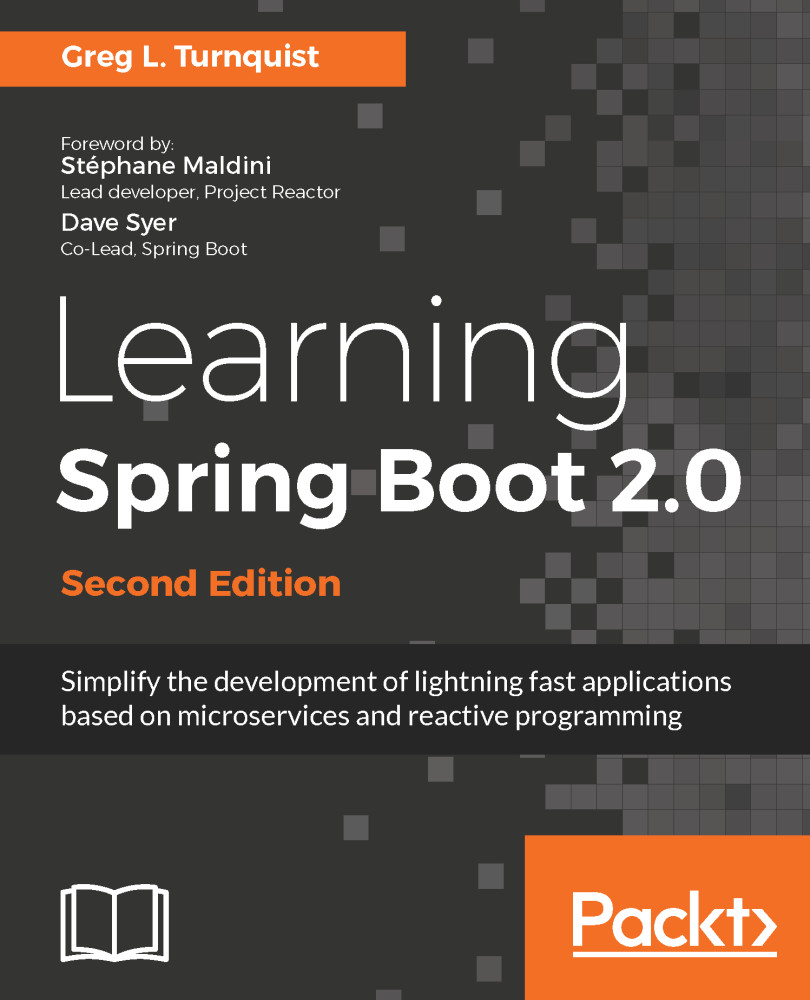@SpringBoot and @SpringCloudOSS are making it way too easy to build advanced distributed systems. Shame on you! #ComplimentarySarcasm
– InSource Software @InSourceOmaha
In the previous chapter, we learned how to communicate between different systems using AMQP messaging with RabbitMQ as our broker.
In this day and age, teams around the world are discovering that constantly tacking on more and more functionality is no longer effective after a certain point. Domains become blurred, coupling between various systems makes things resistant to change, and different teams are forced to hold more and more meetings to avoid breaking various parts of the system, sometimes, for the tiniest of changes.
Emerging from all this malaise are microservices. The term microservice is meant to connote a piece of software that doesn't attempt to solve too...


